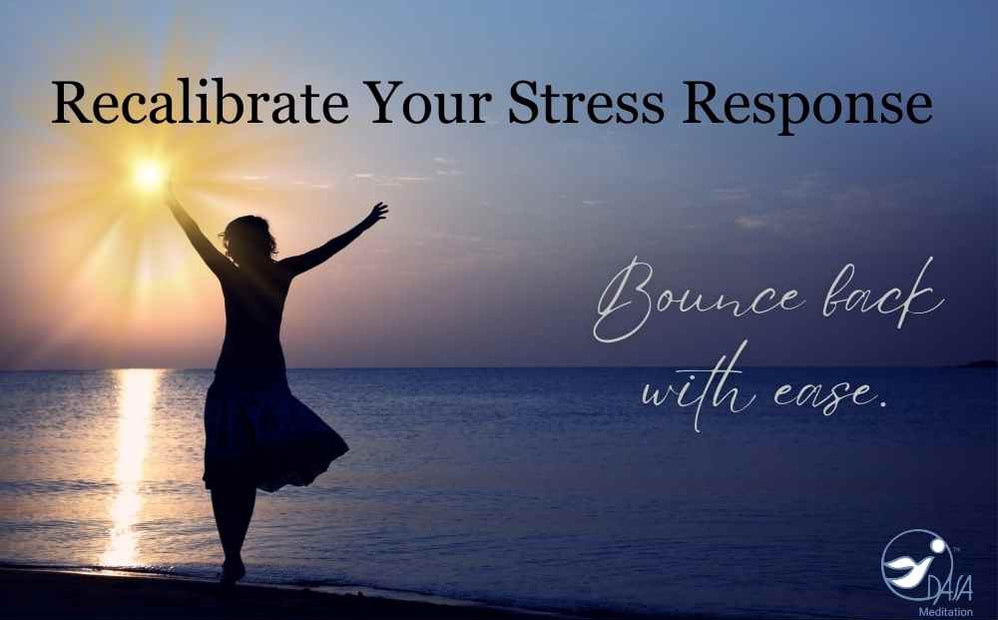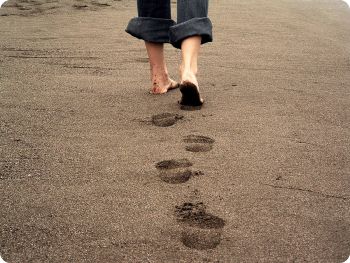
By Lorraine Alexander
A few months ago, I happened on the book The Stress Prescription by Elissa Epel, PhD, the co-author of The Telomere Effect, a New York Times best-seller that discovers how stress influences our clock-on-aging. With a generous 4.7 Amazon review, I found The Stress Prescription to be a worthwhile read.
Here's a brief overview:
The Stress Prescription: Seven Days to More Joy and Ease, by Elissa Epel, PhD
Professor, Psychiatry, UCSF Weill Institute for Neurosciences, School of Medicine
Reading this book, I found it remarkably user-friendly, and learned new insights on stress. Open the book to almost any page and indulge in bits of wisdom. The point made most helpful, was learning that traumatic life experiences create a new stress threshold or baseline; this threshold dictates how well or how poorly we cope with stress.
| Epel explains thoroughly how stress uniquely affects each of us. The goal is to work toward lowering our baseline to a healthy standard of relaxation. We facilitate this process through daily self-care and mind-body wellness. Additionally, she suggests that we retrain our brains to think differently about potentially stressful situations and outcomes by using acceptance and mindful techniques. Otherwise, our thoughts can turn to negative rumination. |
According to Epel there are four primary stages of the brain as it relates to the stress response. She suggests that the average baseline has moved from a green brain (relaxed) status to a yellow brain (vigilant, emergency-ready). Therefore, we need to make a serious effort to return to a baseline of green.
Four stages of the stress response:
|
Are you living a yellow-brain or a green-brain life?
Your answers will reveal your state of relaxation.
Part A.) What was your baseline state ten years ago? Did you experience trauma or loss? Could you relax easily? How did you spend your leisure time? Did you have a supportive circle of friends? What were the activities you enjoyed most? Using the chart above, take your best guess on your stress threshold. Was it green brain or yellow brain?
Part B.) Fast forward to the past year, and repeat the exercise above to completion. Consider any changes you've noticed in sleep, diet, or mood. Now, compare your answers. This exercise should bring some light to your current threshold. If you don't often take time for social time, outings in nature, exercise, preparing healthy meals, rest, and relaxation, it's time for improvement.
Dissolving toxic stress
Practice a deep and rejuvenating form of meditation as a baseline twice daily. Bring additional relaxation techniques and nature into each day. Last but not least, optimize sleep, a time of restoration for both the brain and body.
Moving back to balance takes small and consistent steps with a focused effort. It will not be a quick fix or one-and-done. It takes time to regain a state of balance and peace, yet so worth the effort.
If we take action and adopt both relaxing green and restorative blue activities, we can restore balance and reinstate happiness, rejuvenation, and bounce back to a vibrant life.
Resource book titles:
1) Why Meditate: Because it Works - Jillian Lavender
2) The Telomere Effect - Elizabeth Blackburn, PhD & Elissa Epel, PhD
3) The Stress Prescription - Ellisa Epel, PhD
#stressresponse #relaxation #balance #wellness #selfcare #vibranthealth #DASAmeditation
Certified DASA instructors teach in the United States, Canada, and Japan.
Contact DASA Meditation to learn more.
🌿 Receive monthly news.
Linked-in / Facebook

Lorraine is a second-generation DASA Meditation™ instructor. She first learned to meditate at the young age of 15. Her work includes publication in the Bohemian, NorthBay Biz, the US Green Building Council, the Windsor Times, Homes & Lifestyles, and the Press Democrat. Additionally, she is the primary contributor to the DASA Meditation blog. She teaches DASA Meditation in Northern California.
Contact [email protected]
Connect on Linked-in





 RSS Feed
RSS Feed

